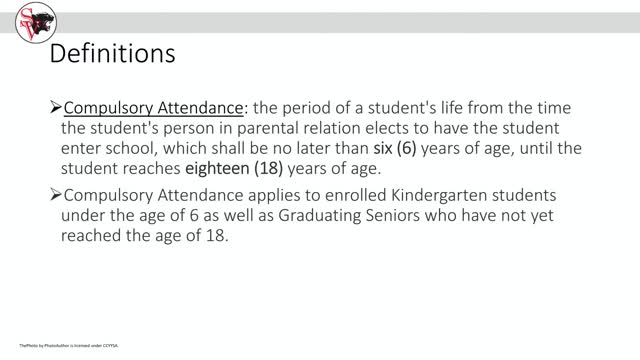
This article was created by AI using a video recording of the meeting. It summarizes the key points discussed, but for full details and context, please refer to the video of the full meeting. Link to Full Meeting
The board discussed the implications of Pennsylvania's compulsory attendance law, which mandates that students must attend school from the age of six until they turn eighteen. This law has been expanded to include kindergarten students under six and graduating seniors who are still enrolled. The district emphasized the importance of identifying students who are chronically absent—defined as those missing 10% or more of school days—and implementing intervention plans to address the underlying causes of their absences.
To combat chronic absenteeism, the district employs a structured process that includes sending warning letters to parents after three days of unexcused absences, with additional notifications at five and ten days. These measures aim to maintain open communication with families and encourage student attendance. The board noted that while the district's attendance rates are comparable to or better than similar districts, there is still a need for ongoing efforts to support students facing barriers to attendance.
The meeting also highlighted the role of the Student Attendance Improvement Conference (SAIC), which is convened for students with six or more unexcused absences. This conference aims to develop a tailored School Attendance Improvement Plan (SAIP) to address the specific needs of each student. The district reported that referrals to external support programs, such as the Advancing School Attendance Program (ASAP), are made when internal interventions are insufficient.
Board members raised concerns about the communication process regarding attendance letters, particularly ensuring that parents receive timely and accurate information about their children's absences. The administration committed to reviewing these processes to enhance clarity and effectiveness.
In conclusion, the Schuylkill Valley School District is actively working to improve student attendance through structured interventions and communication strategies. The board's discussions reflect a commitment to addressing the challenges of absenteeism and ensuring that all students have the support they need to succeed academically. As the district moves forward, continued collaboration with families and community resources will be essential in fostering a culture of attendance and engagement in education.
Converted from March 24 2025 Schuylkill Valley SD Board Meeting meeting on March 25, 2025
Link to Full Meeting
Comments
View full meeting
This article is based on a recent meeting—watch the full video and explore the complete transcript for deeper insights into the discussion.
View full meeting